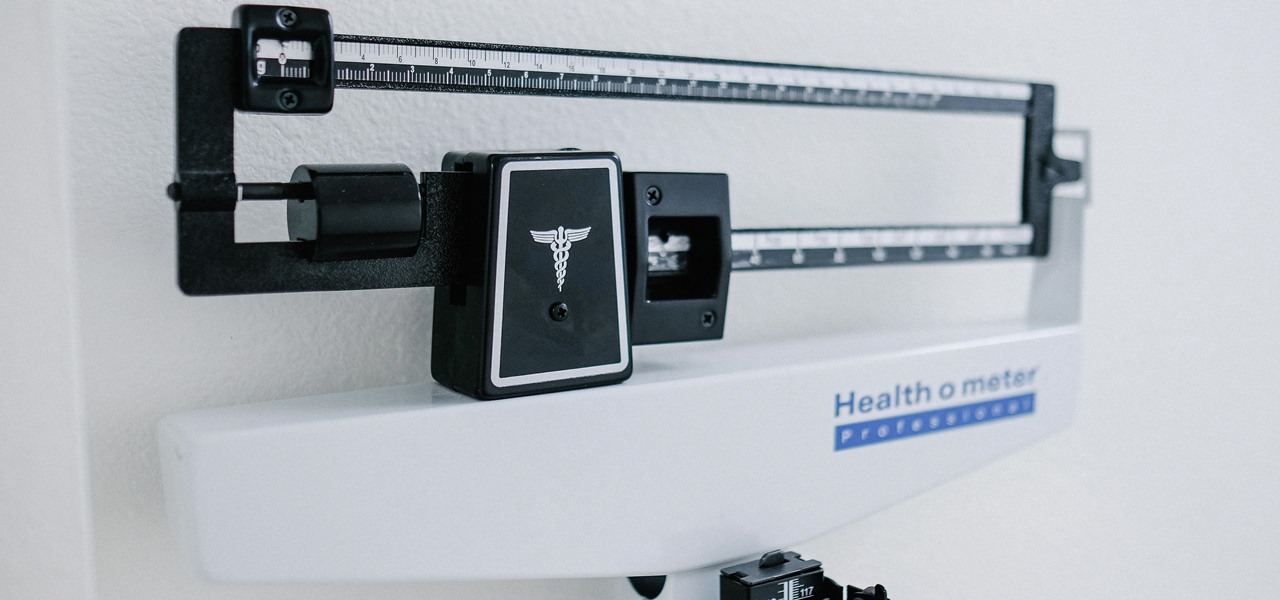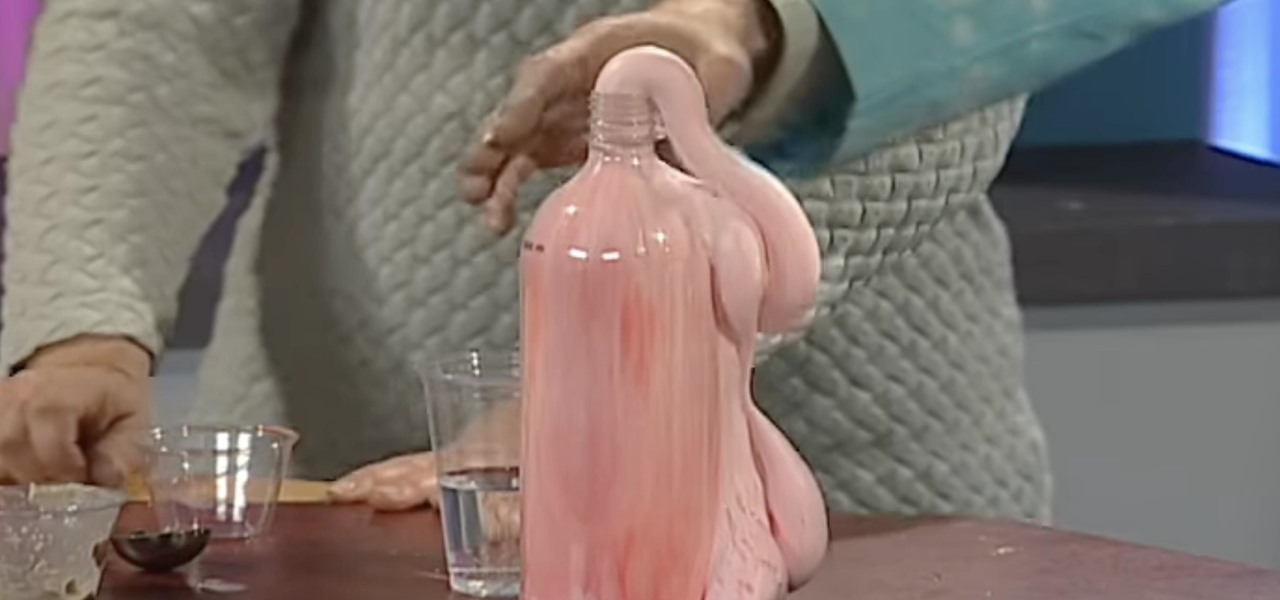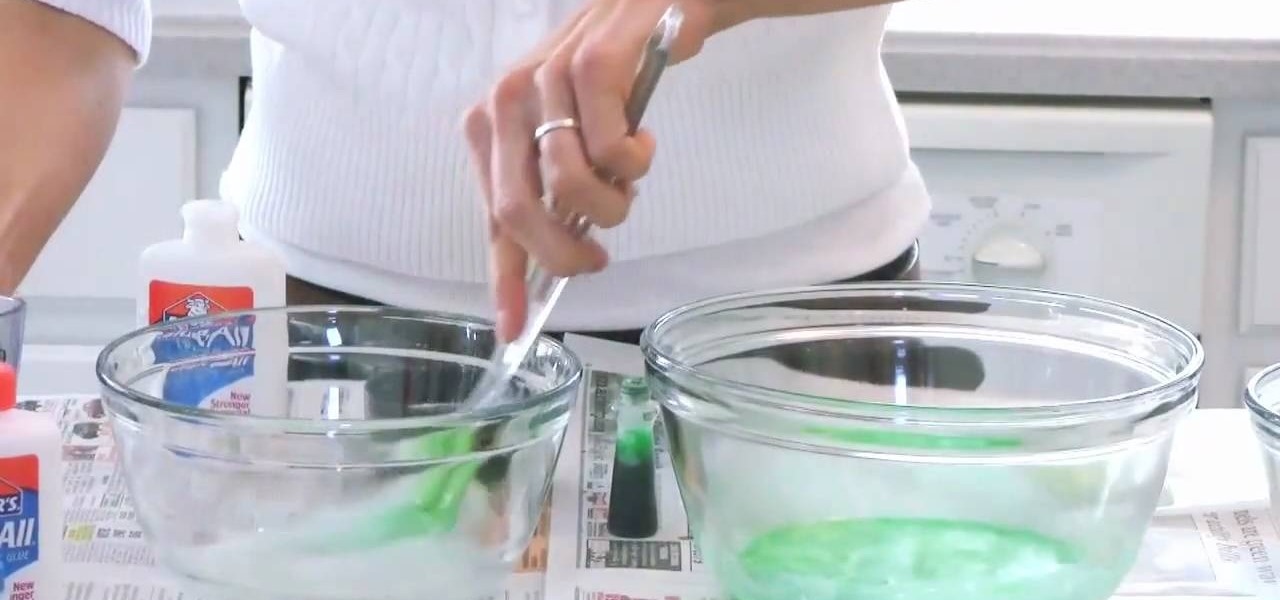Hot Science Experiments How-Tos


How To: Estimate the diameter of the Sun
This science video shows how to estimate the diameter of the Sun, including step-by-step instructions for constructing the equipment needed and an overview of the geometry of similar triangles. If you like space and science experiments, you can't miss this one.
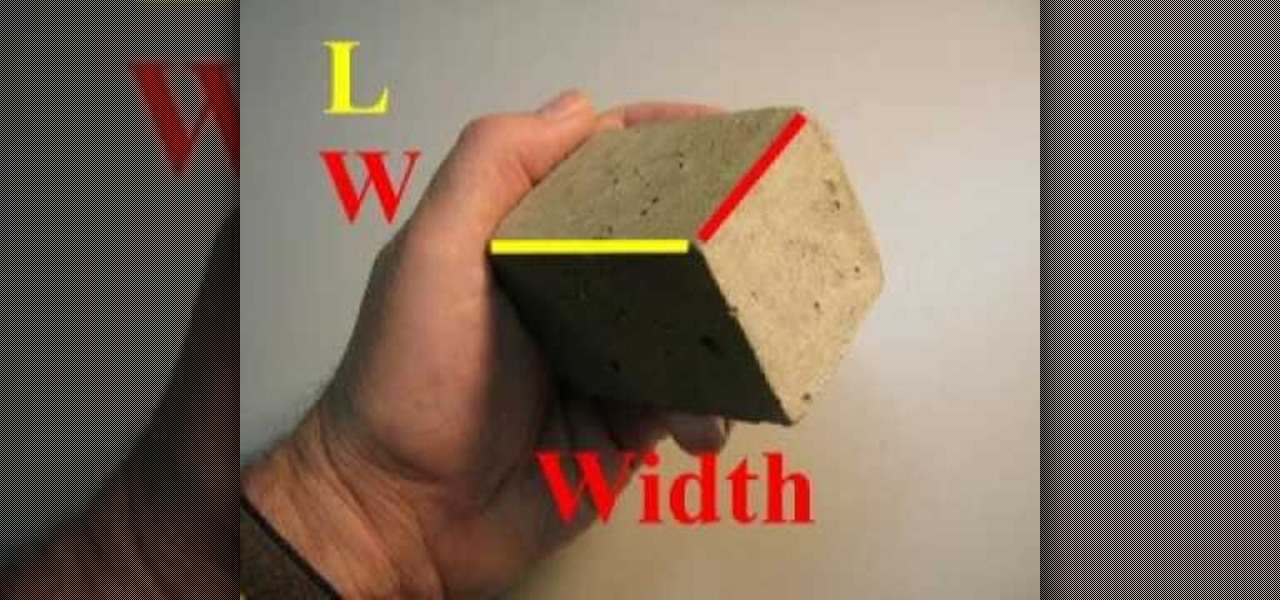
How To: Compare buoyancy and density in a science experiment
This science video explains the relationship between buoyancy and density using hot air balloons, fish and cruise ships as examples of objects using buoyant force. This video tutorial also includes instructions for calculating the density of a rectangular prism and a liquid. If you like science experiments, you can't miss this one.

How To: Experiment with double density
Can you guess which household liquids sink and which ones float? Play along with the A-TV science team in this video lesson!
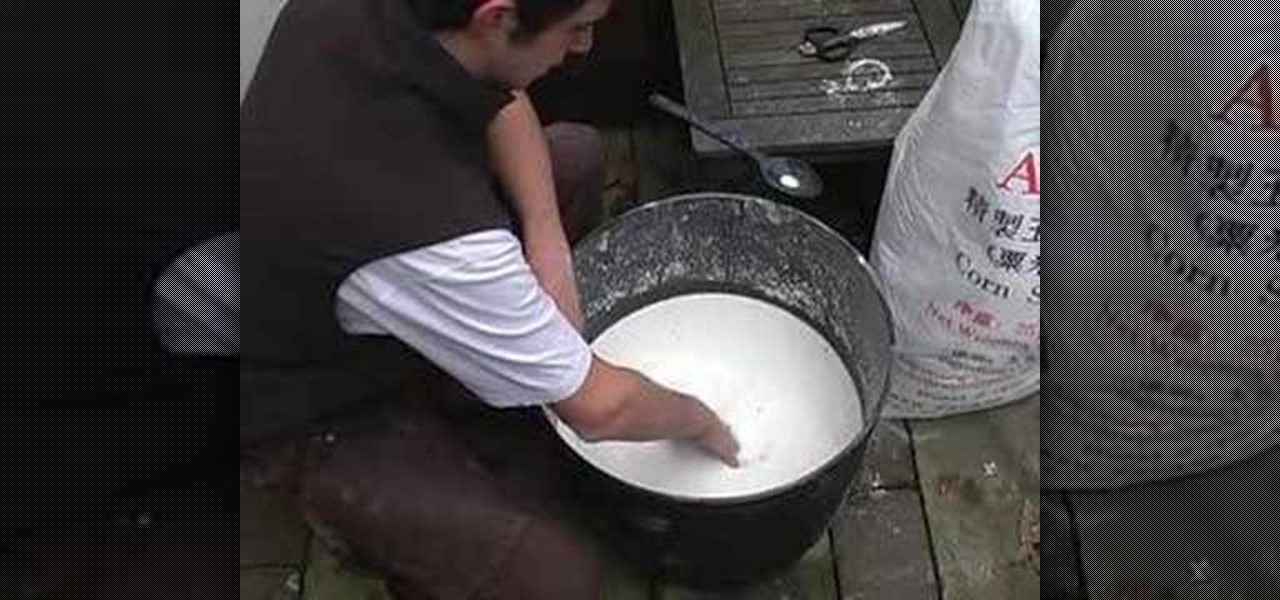
How To: Walk on non-Newtonian fluid
You may remember the recipe for a basic non-Newtonian fluid from grade school science experiments (one part water to one and one third part corn flour or cornstarch), but those trials probably stopped at squeezing the mixture in your hands. While a regular fluid's viscosity wouldn't allow you to walk on it, a little bit of technique and the magic of physics will have you walking on a non-Newtonian fluid as well as Jesus. This video science experiment shows how to use 50kg of corn flour/cornst...
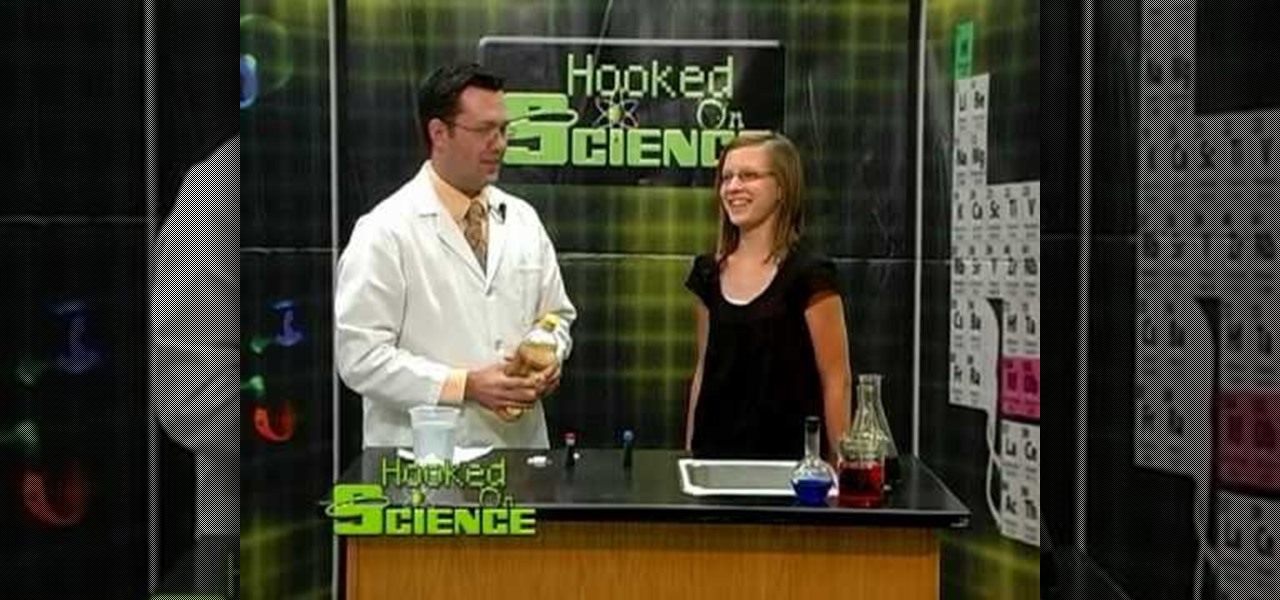
How To: Build a lava lamp
Have you ever wanted to make your own lava lamp? If so, all you need are a few things from around the house:

How To: Make a cabbage indicator
Join the A-TV science superstars and find out how to make a cabbage indicator to determine whether a substance is an acid or alkali.

How To: Make invisible ink with baking soda and water
Now you see it, now you don't! Team up with the science sleuths of A-TV to make your own invisible ink.

How To: Make a rubbery bouncing ball out of pudding
Who said you can't play with your food? Join the A-TV science squad and learn how to make a rubbery bouncing ball out of pudding!

How To: Make bubbles with dish soap
Soap suds aren't just for dishwashing! Blow away your family and friends with this cool science experiment.

How To: Make a soda bottle submarine
Do you want to create your own underwater adventure? Then let the A-TV science squad show you how to make the coolest underwater vessle around. You'll be the captain of your own submarine in no time!

How To: Make a hand-powered fan
To build your own hand-powered fan, you'll need the following: 1 peanut butter jar lid

How To: Build a magnetic boxcar
Want a race car that never needs any gas? Then learn how to build your very own magnetic boxcar. With the magnificent magnetic force on your side your car will be cruising in no time!

How To: Make an erupting volcano with baking soda and vinegar
If you love action and adventure then you've come to the right place. Get ready for a red-hot science explosion as the A-TV science superstars show you how to make your very own erupting volcano!
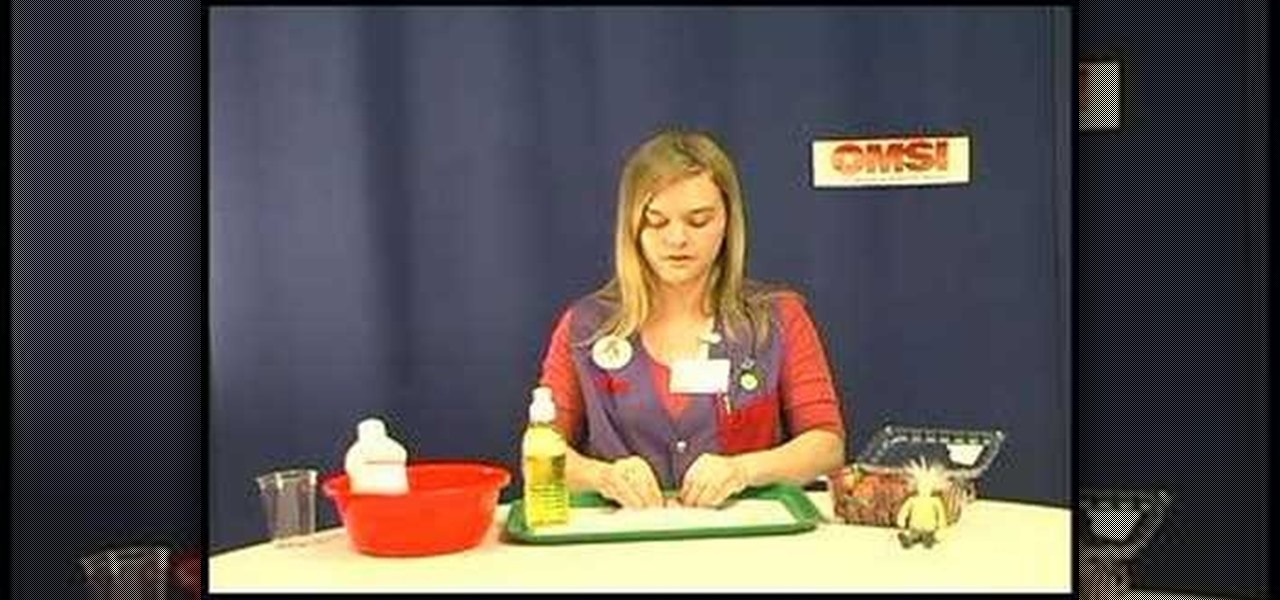
How To: Perform the science experiment "DNA Extraction"
Check out this instructional science video that demonstrates how to perform the DNA Extration experiment. From the Oregon Museum of Science and Industry's teacher curriculum, "No Hassle Messy Science with a Wow", this video shows you how to extract DNA from different organisms. Perform this experiment by following the simple step by step instructions outlined in this tutorial.
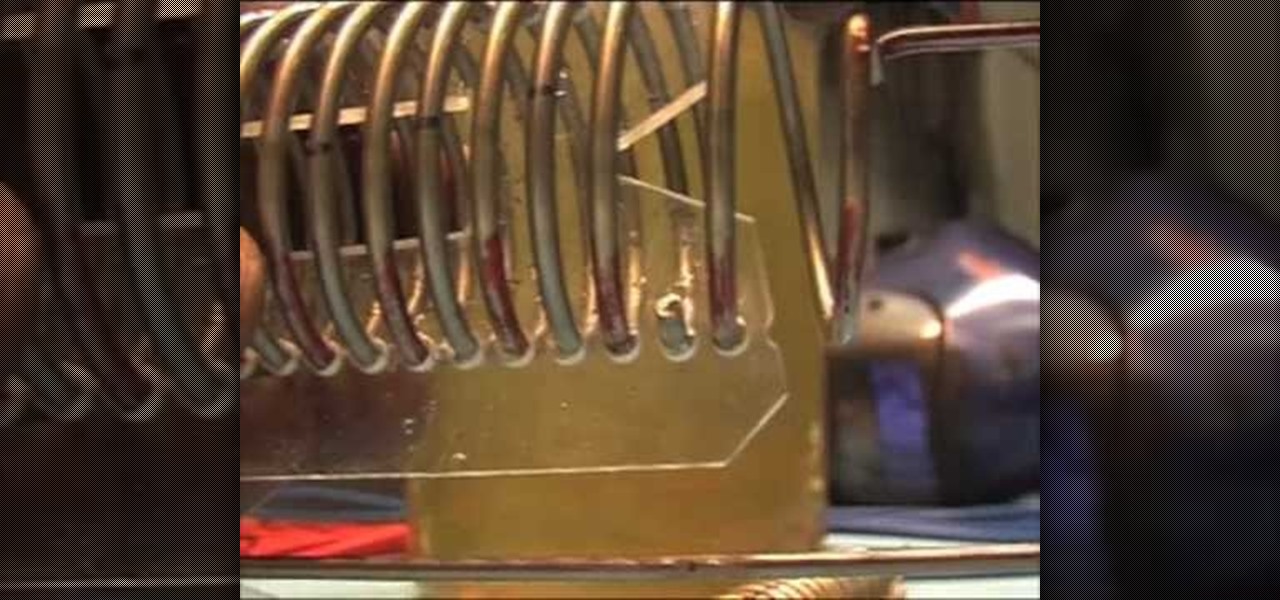
How To: Build high production spirals
Check out this instructional science video that demonstrates how to make high production spirals. Since for many people it is much easier to buy 1/12 of an inch 316 L Stainless Steel welding wire or a 1/8 of an inch wire (instead of plates or tubes), then for those of you who do not have the practical skills this video might just be a little hint and a aid on how to proceed. There are so many details needed involved in order to make it simple and replicable. Learn how to build production spir...
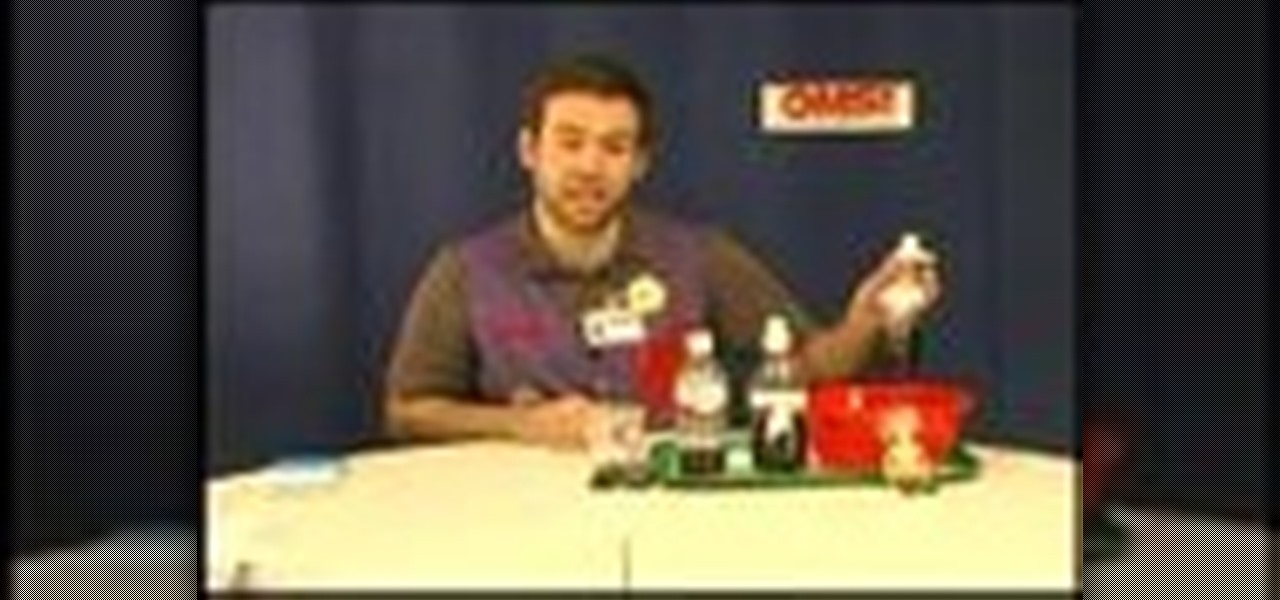
How To: Perform the science experiment "Kool Colors"
Check out this instructional science video that demonstrates how to perform the experiment "Kool Colors." From the Oregon Museum of Science and Industry's teacher curriculum, "No Hassle Messy Science with a Wow", this is an activity using Kool-Aid as a reactant. The experiment measures the reaction rate of Kook-Aid with steel wool. Perform the Kool Colors science experiment by following the simple step by step outlined in this science tutorial video.

How To: Perform the "Lost Labels" science experiment
Check out this instructional science video that demonstrates how to perform the "Lost Labels" experiment. From the Oregon Museum of Science and Industry's teacher curriculum, "No Hassle Messy Science with a Wow", this is an activity about identifying mystery chemicals. You have an array of unknown powders in miscellaneous jars, and the idea is to try to have your students figure out what are all these mysterious white powders. Learn how to perform the Lost Labels science experiment by followi...
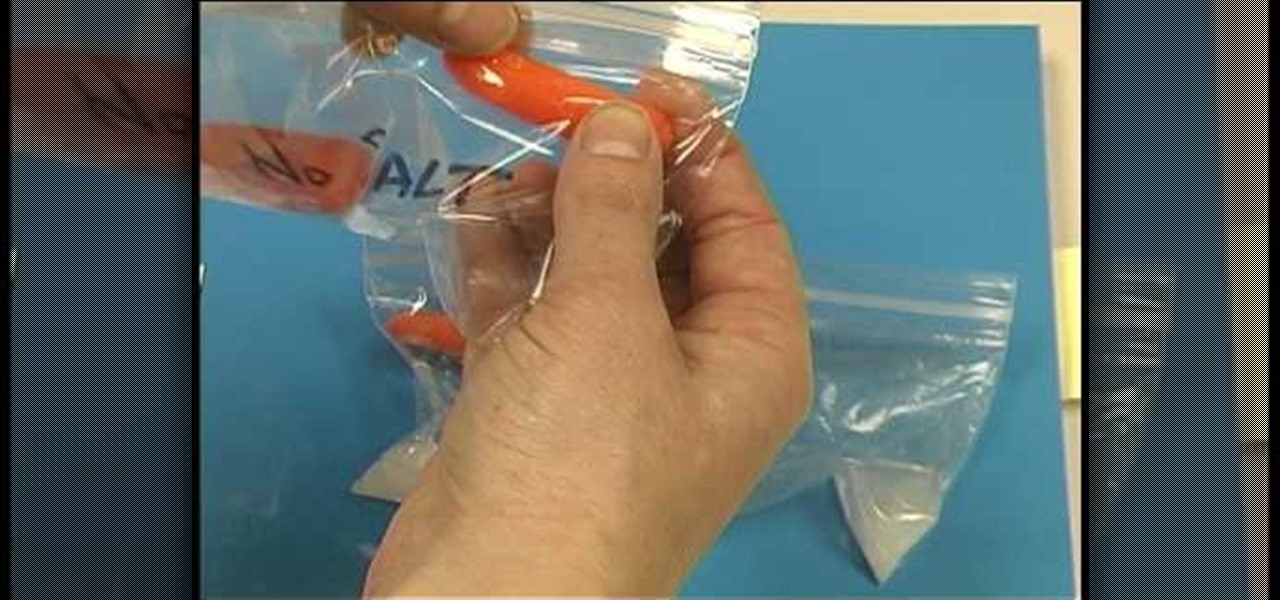
How To: Bend a carrot
Check out this instructional science video that demonstrates how to bend a carrot. From the Oregon Museum of Science and Industry's teacher curriculum, "No Hassle Messy Science with a Wow", this is an activity using common vegetables. Learn how to bend a carrot by watching the step by step instructions outlined in this science tutorial video.
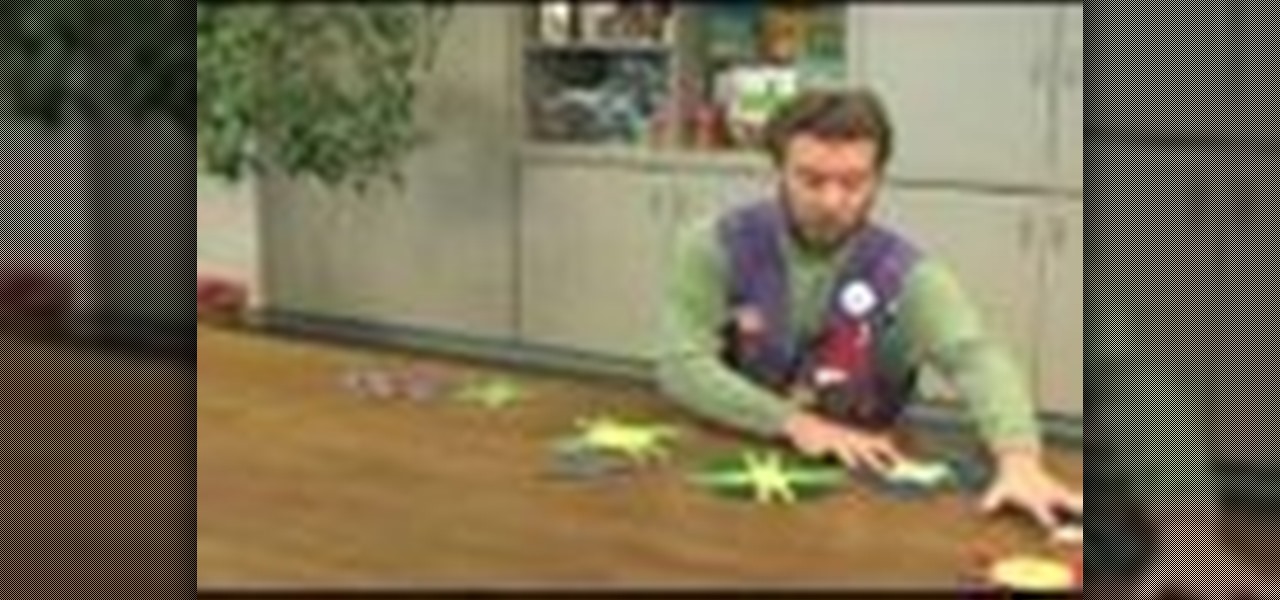
How To: Detect disease with Nanotechnology
Check out this instructional science video that demonstrates how to detect disease using Nanotechnology. From the Oregon Museum of Science and Industry, this is a demonstration about a new technology that lets us detect diseases earlier and faster than we could before. Science has invented this new technology that can test for several diseases at the same time.
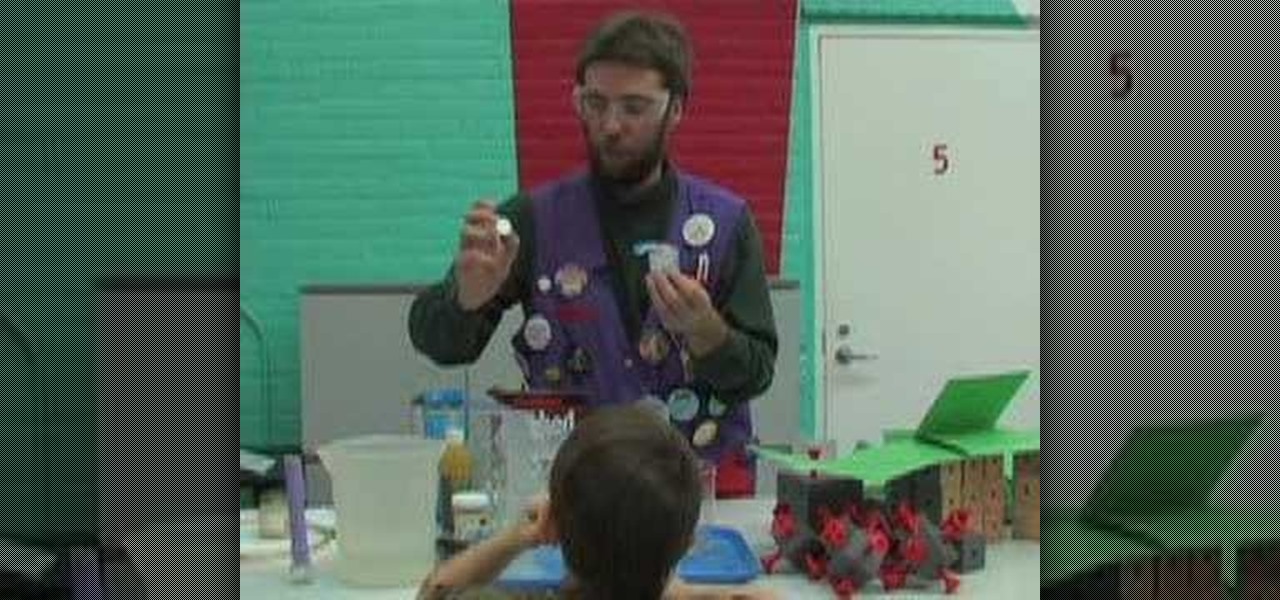
How To: Learn about surface area
Check out this instructional science video that teaches you about surface area. This is a NISE network demo training video for how to do a demonstration about surface area. By watching the step by step instructions outlined in this science tutorial video, you can learn all about surface area and the most effective method to killing germs.
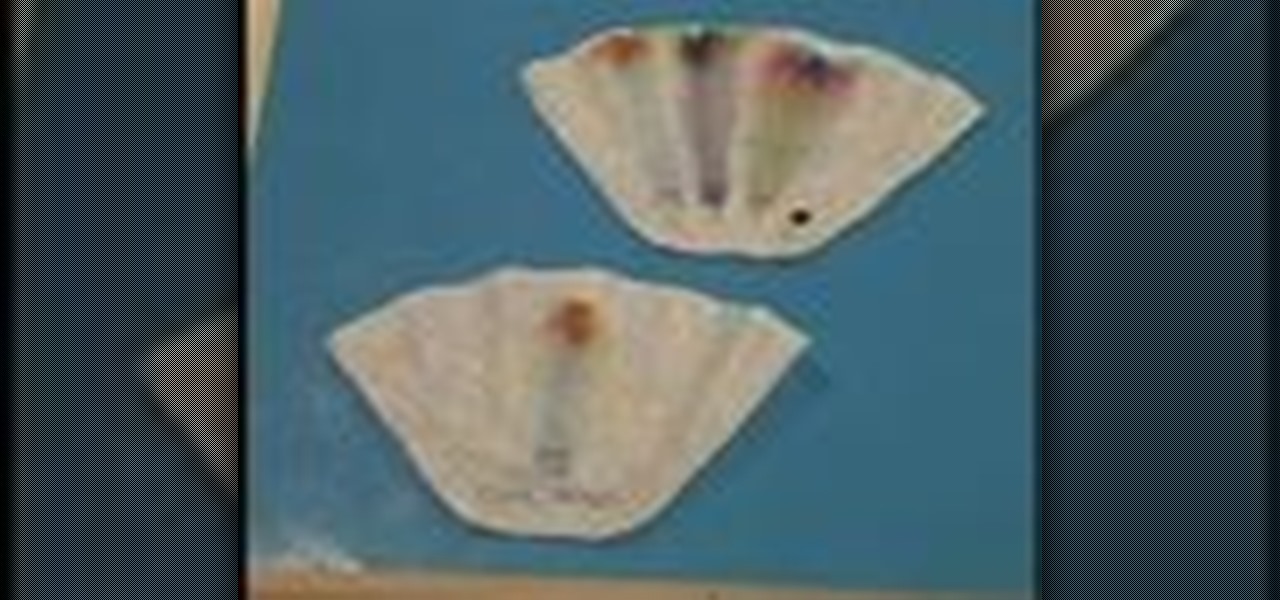
How To: Perform the science experiment "Dye Detective"
Check out this instructional science video that demonstrates how to perform the experiment "Dye Detective." From the Oregon Museum of Science and Industry's teacher curriculum, "No Hassle Messy Science with a Wow", this is an activity exploring ink colors. Learn how to perform the Dye Detective experiment by following the simple step by step instructions outlined in this science tutorial video!
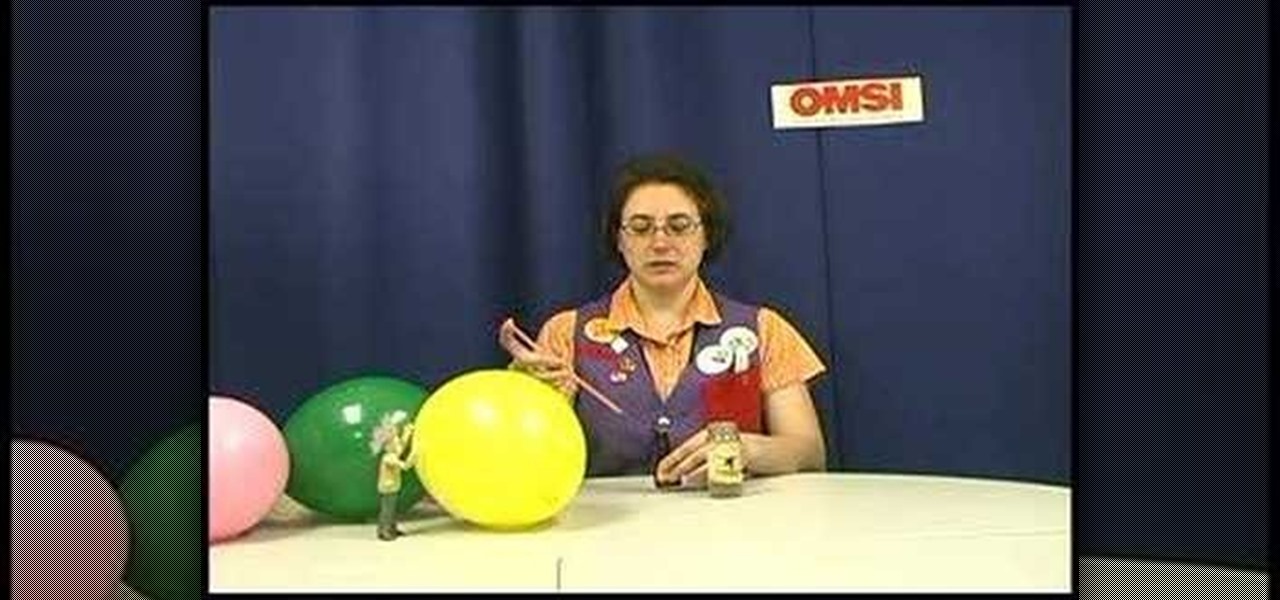
How To: Perform the science experiment "Odors Aloft"
Check out this instructional science video that demonstrates how to perform the experiment "Odors Aloft." From the Oregon Museum of Science and Industry's teacher curriculum, "No Hassle Messy Science with a Wow", this is an activity exploring scents. It's a good introduction to atoms and molecules, especially for little kids. Perform the experiment Odor's Aloft by following the simple step by step instructions in this science tutorial video!
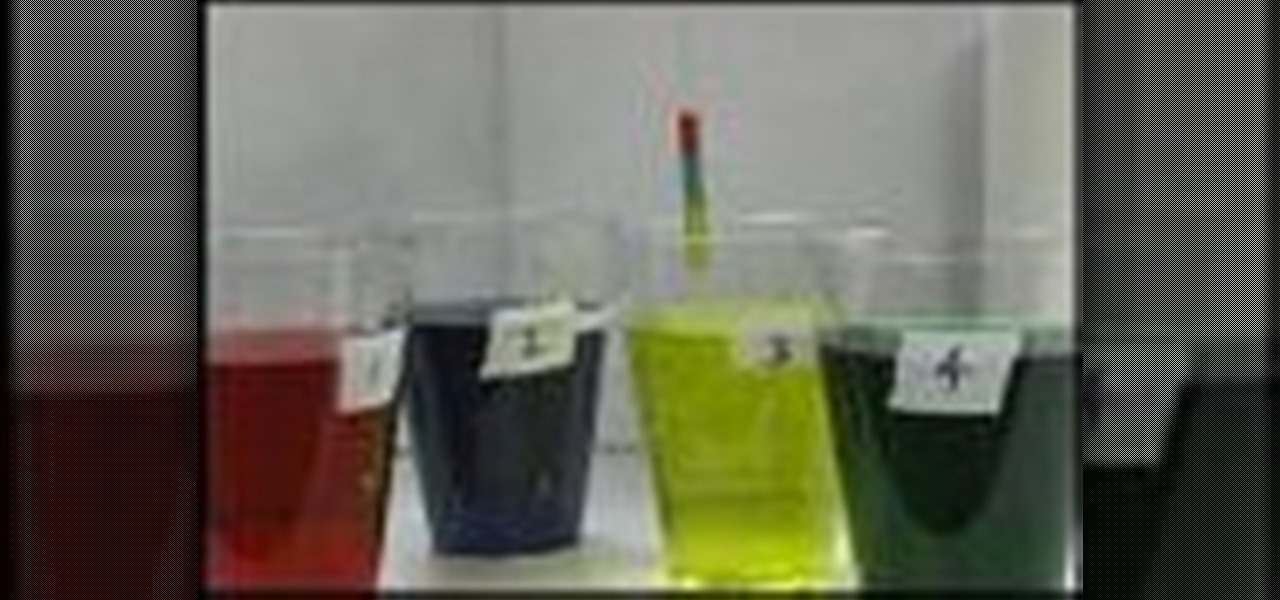
How To: Perform the activity density rainbow experiment
Check out this instructional science video that demonstrates the details about the activity density rainbow. From the Oregon Museum of Science and Industry's teacher curriculum, "No Hassle Messy Science with a Wow", this is an activity demonstrating liquids with different densities. Perform the activity density rainbow experiment by watching the step by step instructions in this science tutorial video!
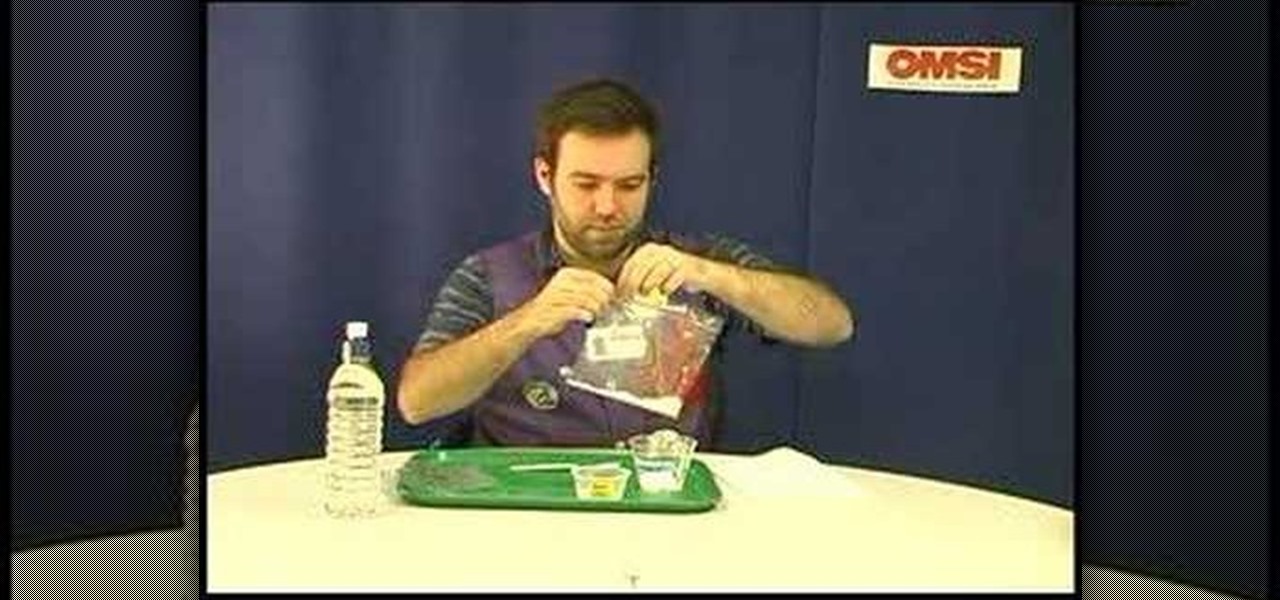
How To: Perform the science experiment "Matter of Degree"
Check out this instructional science video that demonstrates how to perform the experiment "Matter of Degree." From the Oregon Museum of Science and Industry's teacher curriculum, "No Hassle Messy Science with a Wow", these are chemical reactions that result in changing temperatures. Follow the step by step instructions to witness a temperature change. The "Matter of Degree" is a great experiment for students to perform.

How To: Perform the science experiment "Of Cabbages and Kings"
Check out this instructional science video that demonstrates how to perform the experiment "Of Cabbages and Kings." From the Oregon Museum of Science and Industry's teacher curriculum, "No Hassle Messy Science with a Wow", learn about this chemical reaction featuring cabbage juice. This is a great experiment for your students to perform. Follow the simple instructions outlined in this video and do the "Of Cabbages and Kings" science experiment.
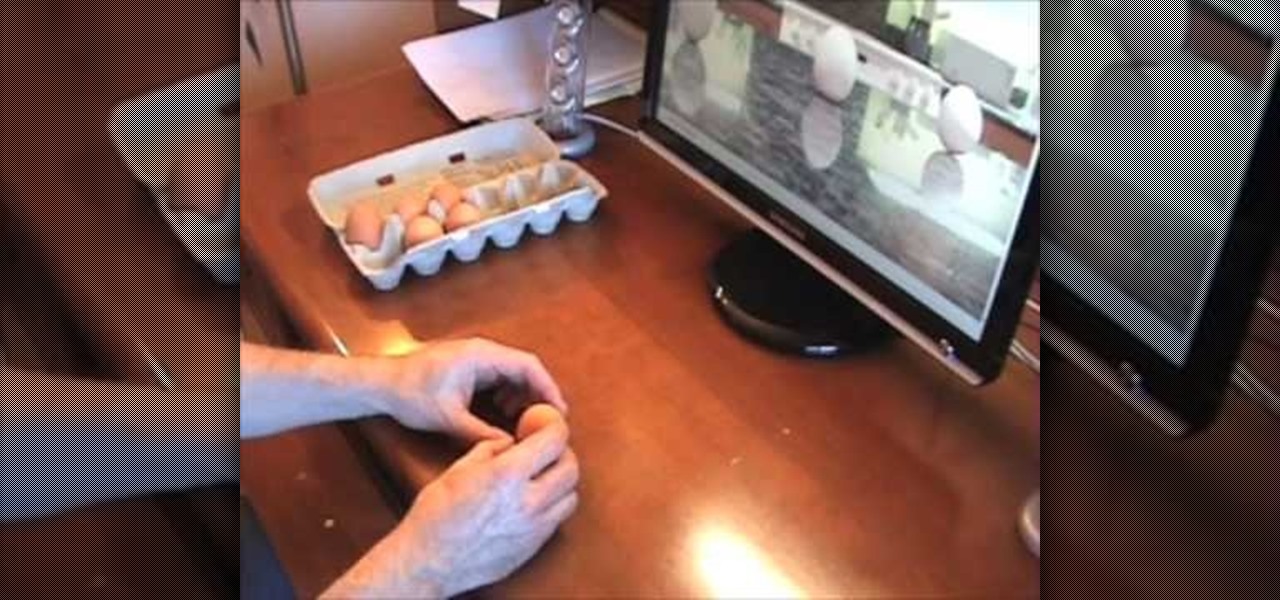
How To: Stand an egg on end during the spring equinox
Check out this highly educational science video tutorial on how to stand an egg on end during the spring equinox, but wait... does it have anything to do with the spring equinox... no, it doesn't, standing an egg upright has nothing to do with the first day of spring. A lot of eggs have little bumps on the bottom of the egg, so the bumps actually help support the chicken egg when standing upright.
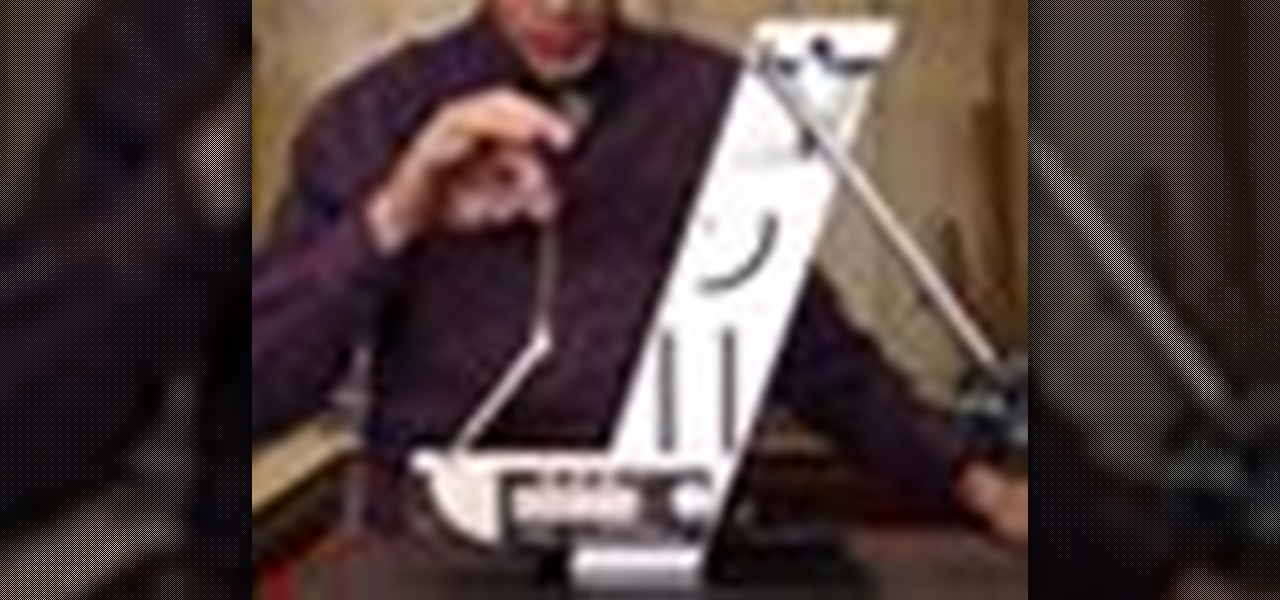
How To: Determine the launch velocity of a metal ball
This experiment uses a ballistic pendulum to determine the launch velocity of a metal ball. This is compared to a measurement of the launch velocity found using projectile motion. You may wish to emphasize why energy is not conserved in the initial impact of the ball into the ballistic pendulum, but momentum is, and conversely why energy is conserved as the pendulum rises but momentum is not conserved.

How To: Illustrate a reflected image and plot its location
For both reflection and refraction scenarios, ray diagrams have been a valuable tool for determining the path of light from an object to our eyes.
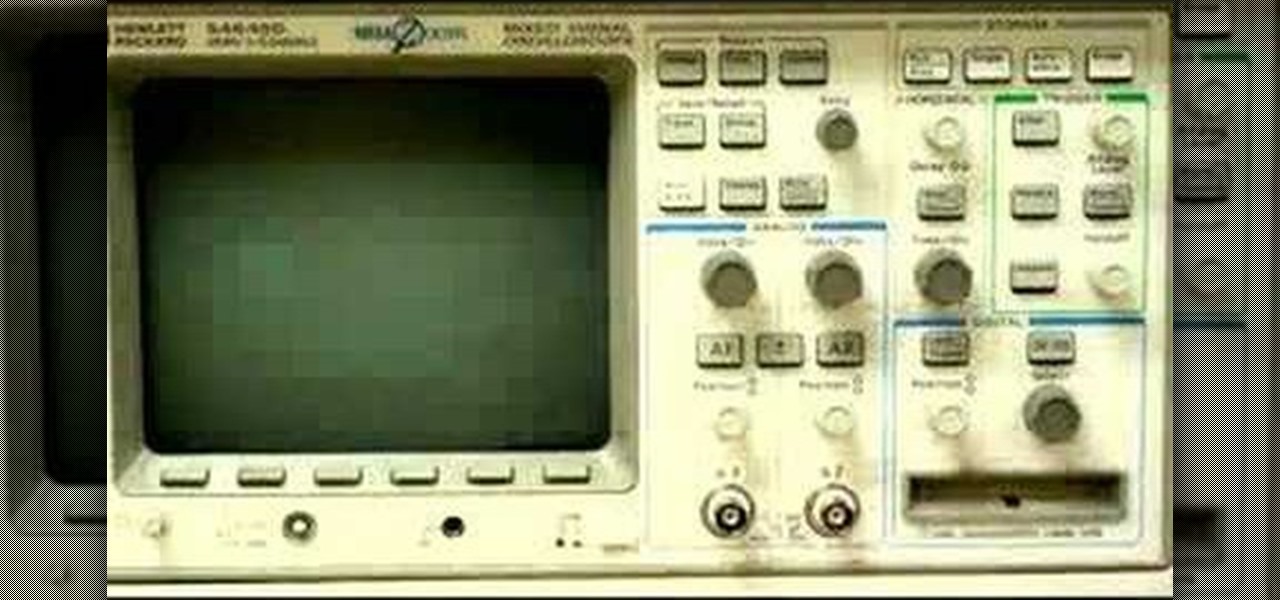
How To: Use an oscilloscope and function generator
If you're an electrical engineer, you needn't worry about this educational video, but if you aren't...
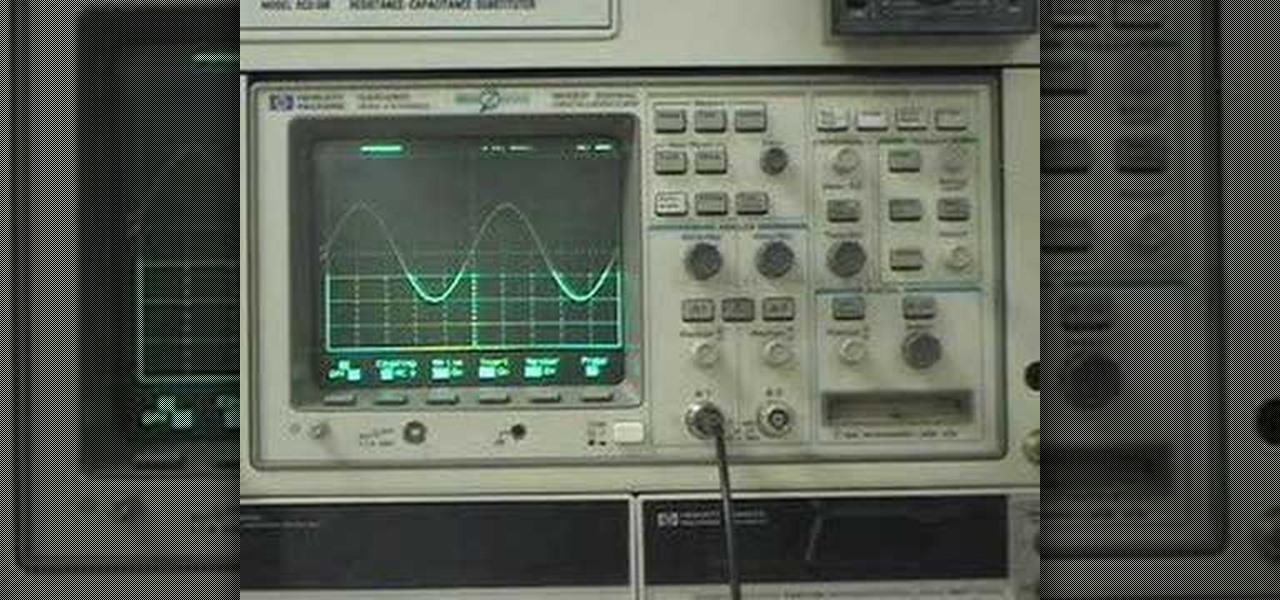
How To: Use an oscilloscope properly
Here is a technical tutorial from a technical communication class. An oscilloscope is for viewing oscillations, like electrical voltage and current, with cathode-ray tube display. See all about it in this great introduction to the device. Simply, this video tutorial will show you how to use an oscilloscope.
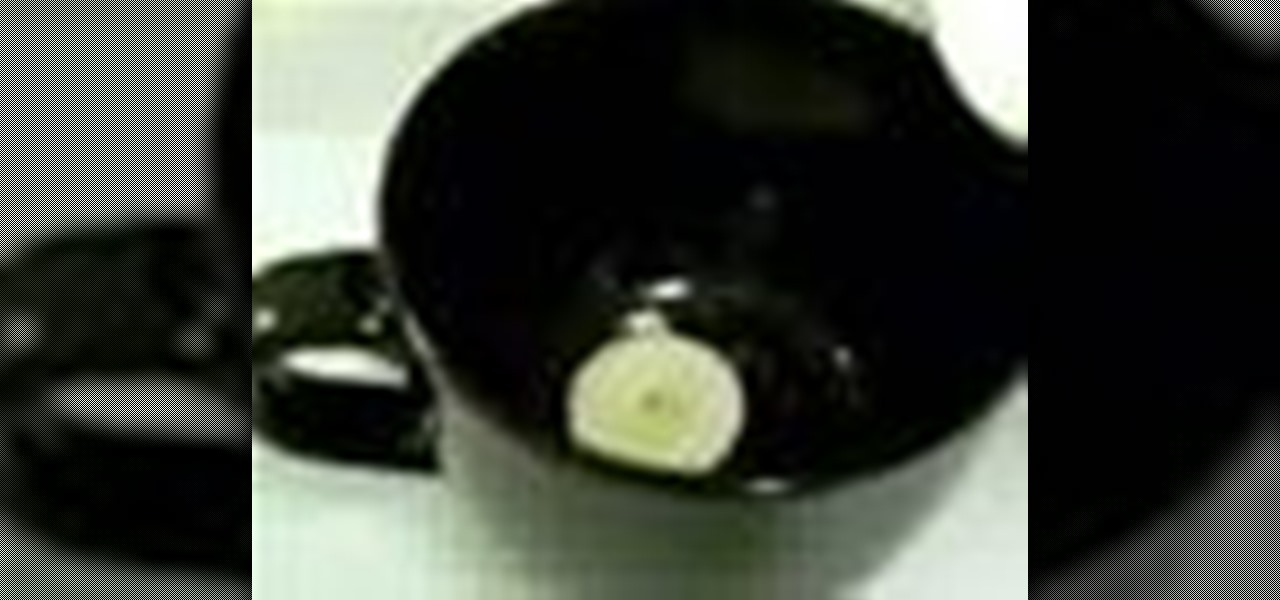
How To: Make a fire extinguisher
In this classic Science Experiment tutorial video, we douse a flame with nothing more than the Carbon Dioxide given off by our homemade Fire Extinguisher.

How To: Make a soda pop can implode
Check out this instructional science video to learn how to make a soda pop can implode. You will need a torch, a Bunsen burner, or stove; a soda pop can with a tiny amount of water in it; tongs, or something to hold the can; and a bowl of ice water. This is a cool science experiment to perform, but adult supervision recommended. Follow the tutorial video's simple instructions and watch the soda pop can implode.

How To: Make a floating compass using a pin
Check out this instructional science video that shows you how to make a compass from water and a pin (or needle). You will essentially be making a floating compass. This is a simple science experiment that can be performed with the kids. Make your own floating compass with this tutorial video.

How To: Use a clock as a compass
In this science tutorial video, watch as this cool trick to change a clock into a compass is revealed. Transform an old wristwatch into a compass with this simple and easy to remember instructional video. This is a very useful method for those who easily get lost to find their way again.

How To: Make a super magnet compass
Check out this instructional science video that shows you how to make a super easy, super magnet compass! You will need the following materials: a bucket of water, a pen, a knife, a foam tray, and a magnet. Make your own compass by following the simple instructions in this science tutorial video.

How To: Make a quick and easy compass
This is an easy & simple way to make your home made compass using stuff that can be found in every home. You will need a magnet, a paper clip, a glass of water and a piece of paper. Check out this instructional science video to learn a a quick and easy method of making your own compass. This is a great science experiment to perform with the kids. Make your own compass by following the simple instructions in this science tutorial video.
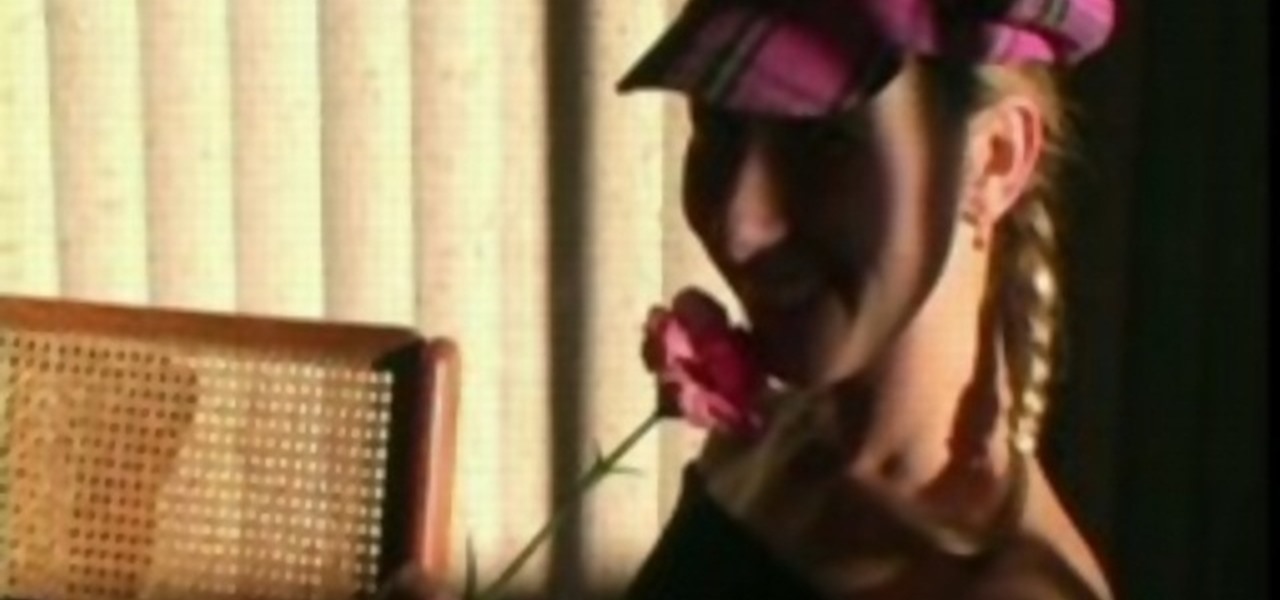
How To: Make a compass floating in a glass of water
Check out this instructional science video to learn how to make a compass floating in glass of water. You will need a sewing needle, a standard refrigerator magnet, and a piece of toilet paper. Nestle the needle into the toilet paper and place it into a glass of water. The toilet paper will absorb the water and inevitably sink, but the needle will become an instant compass pointing north and south without fail. Have fun with this science experiment with the kids by playing with the magnet.

How To: Make a water compass
Have you ever gotten lost and wanted to reorient your sense of direction? Check out this instructional science video to learn a very easy way to make a compass. All you need is a magnet and a bottle cap. This is a great science experiment to perform with the kids. Make your own compass by following the simple instructions in this science tutorial video.

How To: Ignite a Brillo pad
Check out this instructional science video to learn how to make a steel wool soap pad ignite. Using a 9v battery, touch the Brillo pad to make the steel wool ignite. This is a simple science experiment following step by step the instructions in this video tutorial, trying out for yourself. This is a great experiment to perform with the kids.
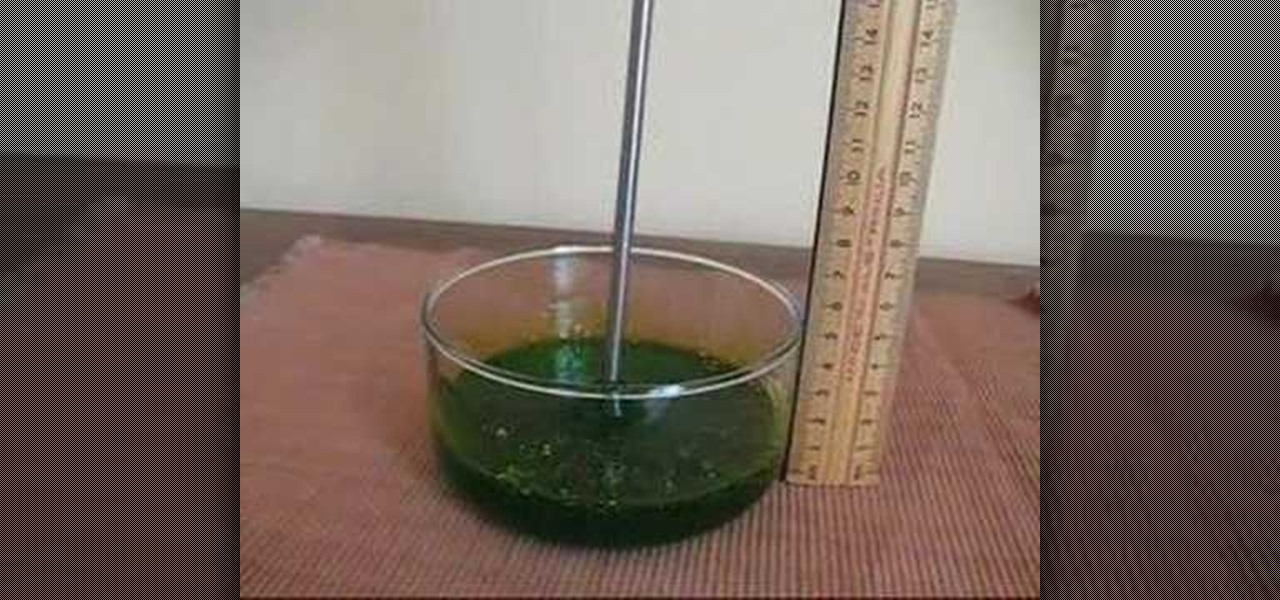
How To: Do an experiment showing three viscoelastic effects
Check out how you can create three viscolastic effects with this how to video. A dyed polyvinyl solution crossed linked with sodium tetraborate in solution is found to exhibit the following three different viscoelatic effects:



